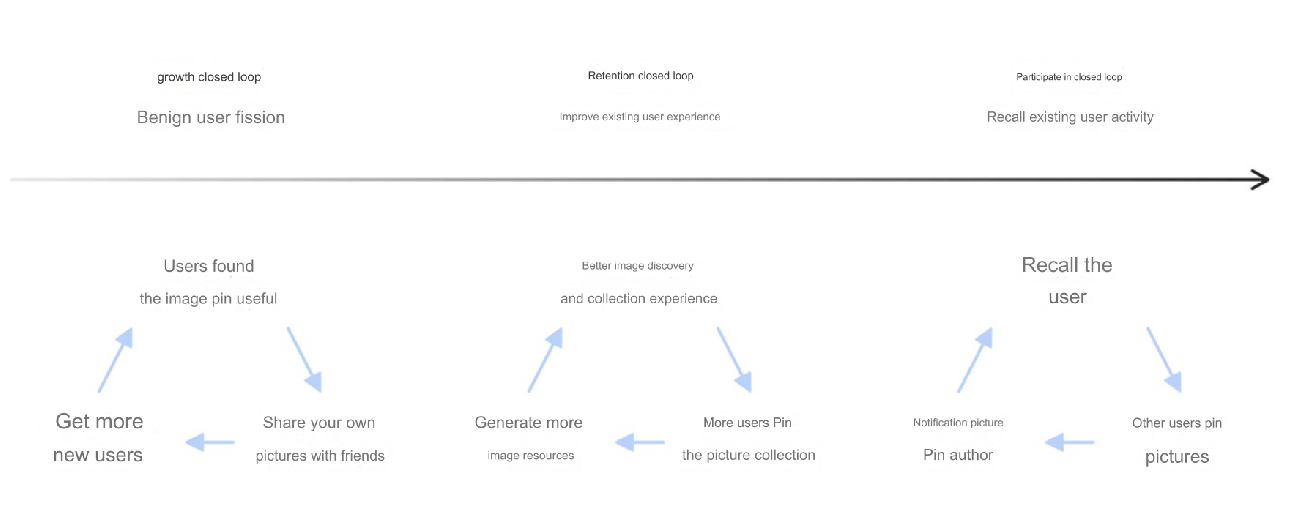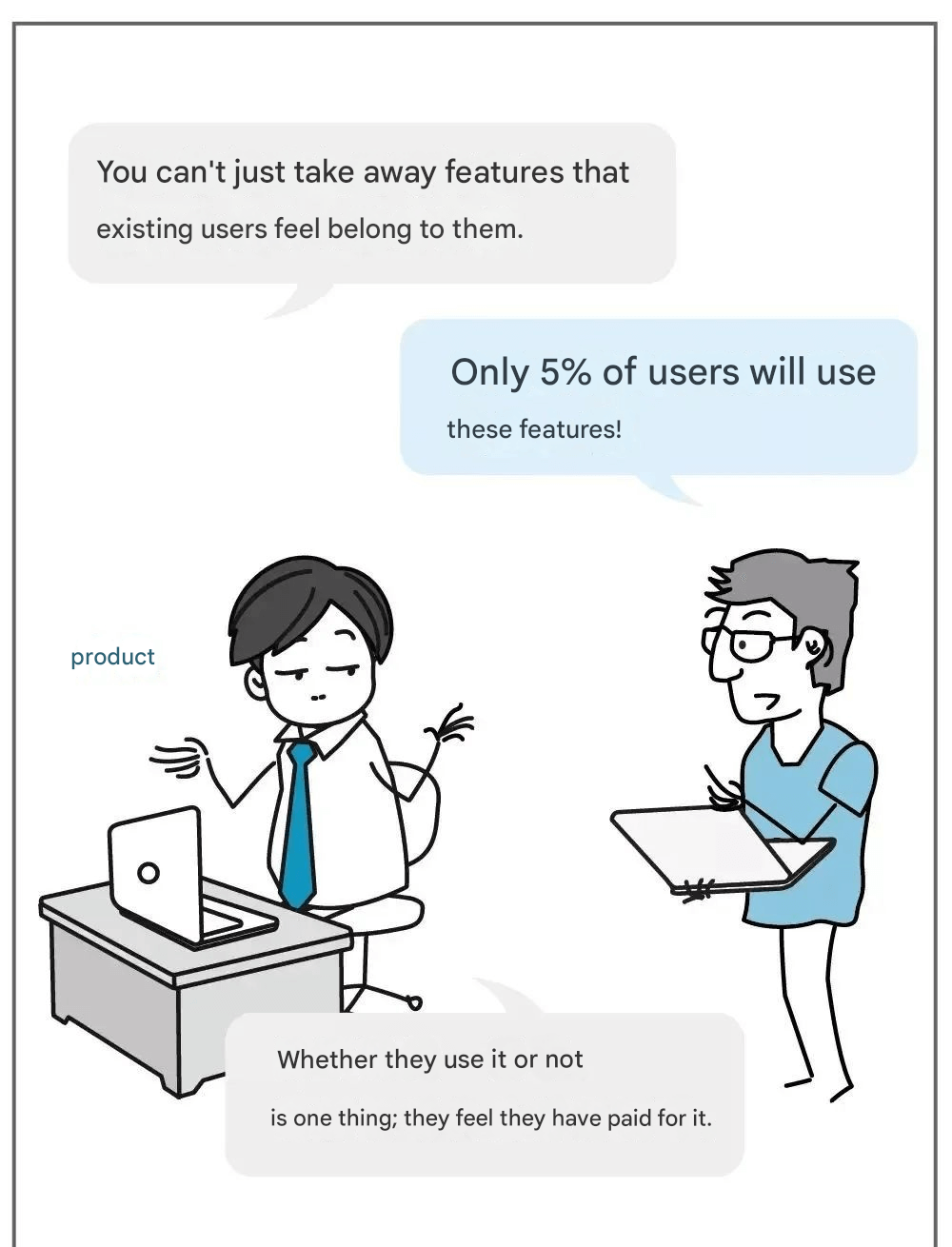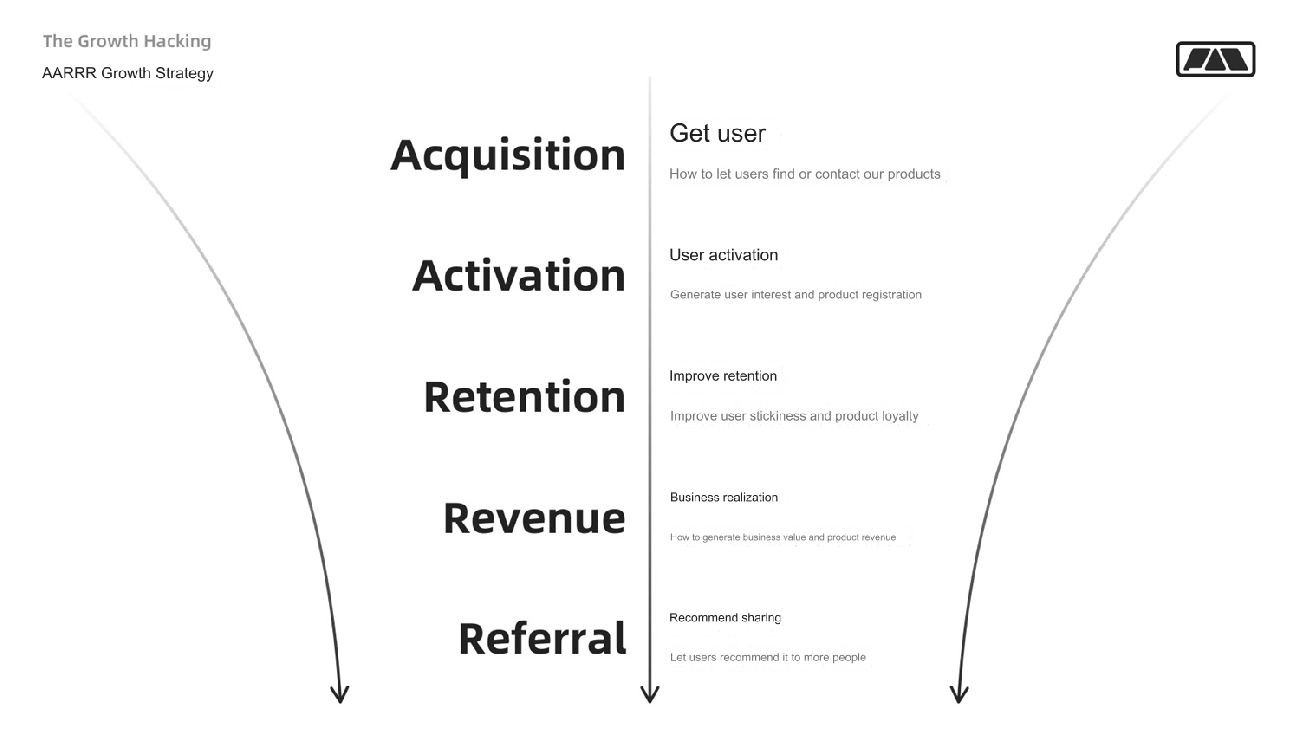Our Product Story
Let’s take a brief detour and talk about how we approached product growth before the pandemic. The background is this: a fledgling product focusing on audio and video social interactions, which had been tested in a limited market—India. However, we ultimately couldn't survive the pandemic and India’s regulatory hurdles. Still, the experience was unforgettable, and we gained invaluable insights.
1. Challenges Faced by a Startup Product
As a small startup, we faced a series of inevitable challenges: limited funding, limited data feedback, limited operational capacity, small content volume, lack of deep localization, and the inability to provide a balanced service experience for every user. Targeting the Indian market was also difficult. Despite the country’s large population, without substantial capital, it was tough to make any progress. What stood out to me was that tasks that would take one or two days locally took an entire week in India. Despite the dedication, even offering double overtime pay didn't make a difference. Often, the money was spent, but results were minimal. If someone could successfully implement a "996" work culture in India, they’d be a legend.
So, how did we tackle these challenges?
Most products start with an MVP (Minimum Viable Product) to develop and iterate. This means the core framework is clear, but should we focus on user experience before reaching a complete framework? I believe we should, and this is a reflection of user-centered design. Before and after validating a business model, the best approach is not always clear. Focusing on user feedback and data trends can uncover better opportunities. Sometimes, we need to pause our relentless iteration plans and take a few versions to optimize the experience for existing users. In the early stages, we took time to do two key things.
This situation is common in growth-stage products—each version leaves unresolved issues, but iteration plans never seem to stop, causing problems to pile up until they explode.
2. Retaining Loyal Users
Avoid high barriers or forced payments. As a company with limited funds, it's tempting to implement early-stage monetization models to generate profit, but this should be done with finesse. After studying several audio and video social products in South Asia, we found that many imposed paywalls—even private chats with hosts required payment. However, we refused to follow that trend. I believe this is why "LivU" was able to stand out so quickly—it offered free video match chatting and a simple product structure. However, we knew the challenge of monetization would come later.
On the other hand, we used retention cycles and paid conversion as metrics for loyal users, satisfying their psychological needs by giving them more exposure and attention on the platform, thereby extending their lifecycle. With limited development resources, we focused on features like leaderboards, level systems, and badges, which were quick and feasible to implement. According to the data, both core user retention and repeat purchase rates saw noticeable improvement—a small victory.
Strategy: Cultivate seed users to gather critical feedback for optimized improvements.
3. Enhancing Product Playability
Localization in operations is always challenging due to cultural differences. We couldn’t expect efficient and timely operational results, so it became essential to provide more scenarios where users could interact or entertain themselves spontaneously. This not only alleviated operational pressure but also enhanced product playability, which in turn improved retention.
We initially considered features like voice parties, short videos, and content communities. However, short video creation was difficult, and community operations lacked energy, so we ultimately chose to focus on voice parties. We matched topics and hosts for each party to manage interactions and handle user traffic. In the later stages, we considered expanding voice-based play and breaking down barriers between dimensions. The key here is innovation in both operations and gameplay. After all, young people can be quite creative, even using marketplaces like Xianyu for job recruitment.
Strategy: Provide value-added services, enhancing product capabilities so users engage for longer periods.
4. Seeding the Community with Content
Building a content community is no easy task—the larger it gets, the harder it becomes. It requires balancing algorithm recommendations, content moderation, encouraging creativity, enhancing user interaction, and fostering spontaneous community-driven operations.
We considered a decentralized approach by encouraging users to post their "What's up?" updates to generate more content. However, naturally grown content lacks quality assurance, and user engagement was low, with no emotional spark in the overall content. To address this, we adopted the strategy of “letting a small group prosper first, then leading others to prosperity.” In essence, we seeded the community with fake data to stimulate initial activity. Creating a strong content atmosphere early on builds a good user mindset and guides them towards desired behaviors, gradually improving the quality of content and breaking the ice within the community.
Later, we planned to boost operational efforts to encourage creativity and meet the demand for personalized recommendations through content layering, tags, keywords, and topics. This allowed for more precise targeting, giving users a sense of belonging, and increasing retention and user growth through sharing. Of course, we had to avoid over-recommending homogenous content that traps users in echo chambers. Every stage requires different strategies, and this was just a starting point.
Strategy: Content is king—encourage creation, establish a cycle where content attracts users, users generate more quality content, and sharing drives user growth.

Conclusion
I may have written more than necessary, but it’s all to help better understand the “art and science” of user growth. I believe you now have a clearer blueprint of these concepts. As a product designer, user growth is a required course, and the earlier you learn, the deeper you can delve into it through study and practice. At the very least, it helps us understand what we are truly working on and better perceive the direction of product development and personal growth.
To wrap it up, user growth is a long guerrilla war that requires data-driven, detailed strategies. Find your business or product strengths, fortify your defenses, and break through by focusing on user experience and innovation.
I may not have done the best job writing this, but I appreciate your patience in reading it.







